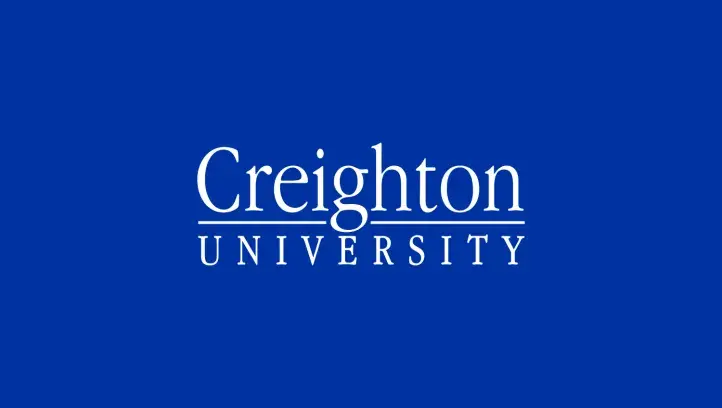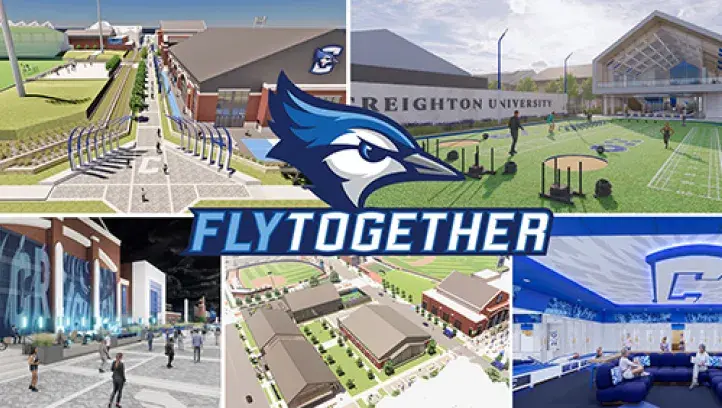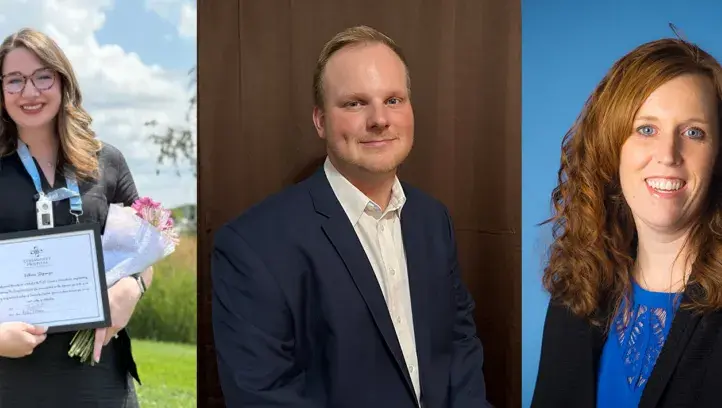
How Creighton Physical Therapy Students Are Solving Lower Body Injuries

Why Lower Body Injuries Are Complex
Why are lower body injuries like ACL tears so hard to treat—and even harder to prevent? At Creighton University, researchers and physical therapy students are digging into this question using hands-on science, advanced biomechanics, and real-world care. According to Terry Grindstaff, PhD, PT, ATC, SCS, CSCS, professor in Creighton’s Department of Physical Therapy, the reason is simple...they’re complicated.
“Lower body injuries are difficult to treat and prevent because there are so many factors involved,” Grindstaff said. “One of the biggest risk factors is a previous history of that injury. People also move differently after an injury, and figuring out the best way to treat those chronic impairments is complex.”
The Hidden Challenges of Recovery
Misconceptions about recovery only add to the challenge. “People think, ‘I had surgery, so I’ll be back in six or seven months,’” Grindstaff explained. “But that’s not always the case. Surgery can fix a torn ligament, but it doesn’t address the underlying issues that caused the injury in the first place.”
Creighton’s Hands-On Approach to Rehabilitation
At Creighton, faculty and students are working together to change the narrative. Through applied research in the School of Pharmacy and Health Professions, students gain hands-on experience in human performance and rehabilitation. They don’t just learn the science, they apply it.
“Creighton students are the absolute backbone of what we do,” Grindstaff said. “They help collect and process data, perform objective strength and movement assessments, and learn how to translate findings from the lab into the clinic. That real-world experience prepares them to be the kind of physical therapists who can truly make a difference.”
Inside the Lab: Biomechanics, Balance and Strength
In Creighton’s state-of-the-art lab, students use advanced equipment to evaluate biomechanics, balance and strength. These assessments help determine if a patient is truly ready to return to activity, reducing the risk of re-injury and long-term complications like arthritis.
“We have ways to test function beyond what someone feels,” Grindstaff said. “Our goal is to help people return safely while minimizing risk for future injury.”
For Grindstaff, this work goes beyond research. It’s personal. “My mission is to help others achieve their goals and maximize their potential,” he said. “That might mean helping a soccer player return to the field, preparing a student for residency or using research to drive clinical care. The impact is exponential.”
Through mentorship, applied research, and purposeful learning, Creighton students aren’t just studying physical therapy—they’re shaping the future of it.




